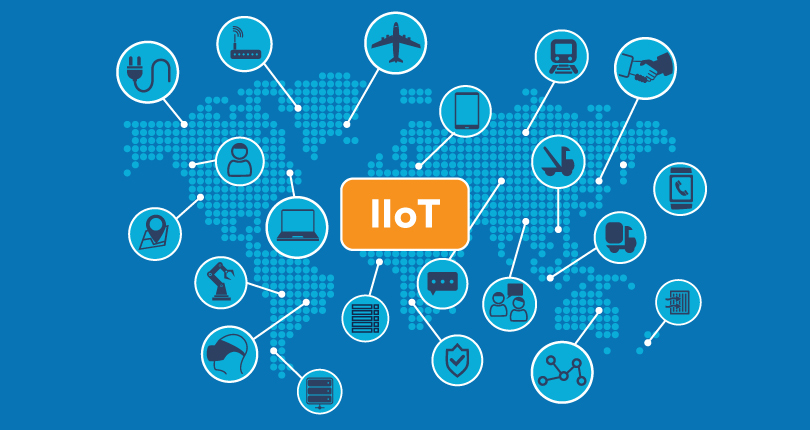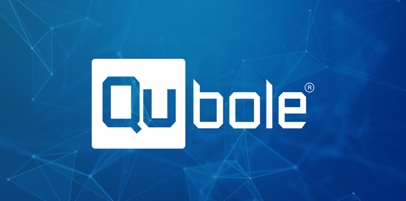
The Internet of Things (IoT) has become a popular topic of discussion as it represents the direction the world is likely headed. Imagining a world filled with connected devices, each communicating with the other, opens up so many intriguing possibilities that can change our lives in new and exciting ways. While the prospect of the IoT is an enticing one, perhaps the biggest changes will happen behind the scenes, all at the heart of what is commonly referred to as the Industrial Internet of Things (IIoT).
Put simply, the IIoT is similar to the Internet of Things in that it uses many of the same technologies, but the IIoT uses them with manufacturing industries. The benefits are many, and as manufacturers understand how best to use the various connected sensors and devices being developed, the growth of the Industrial Internet of Things is expected to explode.
Expected Growth
Research points to the global Industrial Internet of Things market growing for the remainder of the decade. A recent report shows that analysts predict the IIoT market to grow at a CAGR of nearly 27 percent through 2019. The report includes segments such as transportation, healthcare, energy, and utilities in addition to manufacturing, but all are using the IIoT in much the same way. Sensors are being placed within the equipment used, and that is giving businesses added insight into how the equipment is operating. In this way, businesses can tell how best to optimize the performance of the equipment as well as predict possible failures in the future. The predictive analysis makes it possible for repairs to be made before machines break down or indicate if the equipment needs to be replaced.
Use Cases
The growth of the Industrial Internet of Things is in part driven by the various benefits organizations can receive by adopting these technologies. By harnessing machine learning and big data collected from IIoT machines, businesses can improve their operational efficiency. This can easily lead to revenue growth thanks to increased production and lower maintenance costs. Getting more out of machines for less work is certainly a goal many organizations have, and the IIoT makes this much easier to achieve. Another benefit the IIoT provides is the ability to use these same intelligent technologies to drive further innovation. Perhaps data gathered from IIoT sensors leads to the creation of new types of equipment or new uses of existing machines. The possibilities are wide open, which makes the IIoT so exciting at times.
The Industrial Internet of Things also could be used to completely revolutionize the workforce. When many people think of IIoT and automated intelligent technologies, they tend to think that machines will simply be used to replace humans in the majority of tasks. This won’t necessarily be the case, however. Employment structures will likely change, but human workers will still be needed alongside machine counterparts, though the nature of their roles will necessitate a shift of some sort. It’s perhaps best to think of the future IIoT workforce as a blended workforce, one that doesn’t replace people with machines but rather empowers people. Intelligent IIoT machines will be used to automate certain tasks, but this only helps human workers concentrate on the tasks only they can perform. This will require a different set of skills and talents for future jobs, but human workers will still be valuable.
With these different approaches, it’s clear to see how the IIoT will grow significantly within the next few years. Connected devices will give manufacturers a needed boost in their data gathering efforts, not just in how their equipment is performing but what new equipment might be needed. It’s this smart machinery that may actually be the next great revolution in technology rather than the wearable devices many are talking about right now. To unlock this potential, businesses will need to have the right road map in place, one that focuses more on their key performance indicators rather than one that is too fixated on creating the most connected factory floor.
Infrastructure Requirements
The growth of IIoT and the broader industry of the Internet of Things has been largely contingent on the growth and adoption of both cloud computing and big data technology. According to a recent survey, 70% of companies with revenue of $500M or more are considering, implementing, or using the public cloud. Cloud computing offers many advantages for businesses needing to quickly scale infrastructure to meet data storage and analysis needs. In addition, emerging big data technologies like Hadoop have made storing and processing large volumes of structured and semi-structured data sets affordable. Hadoop-as-a-Service, which combines the flexibility of the cloud with big data technology, provides an accessible option for emerging businesses that lack the infrastructure and expertise to handle large data sets on their own. As organizations explore how to capitalize on IIoT, they will want to carefully consider which backend implementation will best support a dynamically growing dataset. A backend will not only have to be scalable and flexible to work with different data sets but will need to be flexible to accommodate different IIoT use cases – steaming and historical analysis and different analytics processing engines and user technical skill sets.
The Industrial Internet of Things is something that should be carefully prepared for and not something organizations should blindly leap into. With this in mind, many manufacturers are already using the IIoT to great benefit, already leading to impressive growth. As the world becomes more connected, that growth will only continue.



